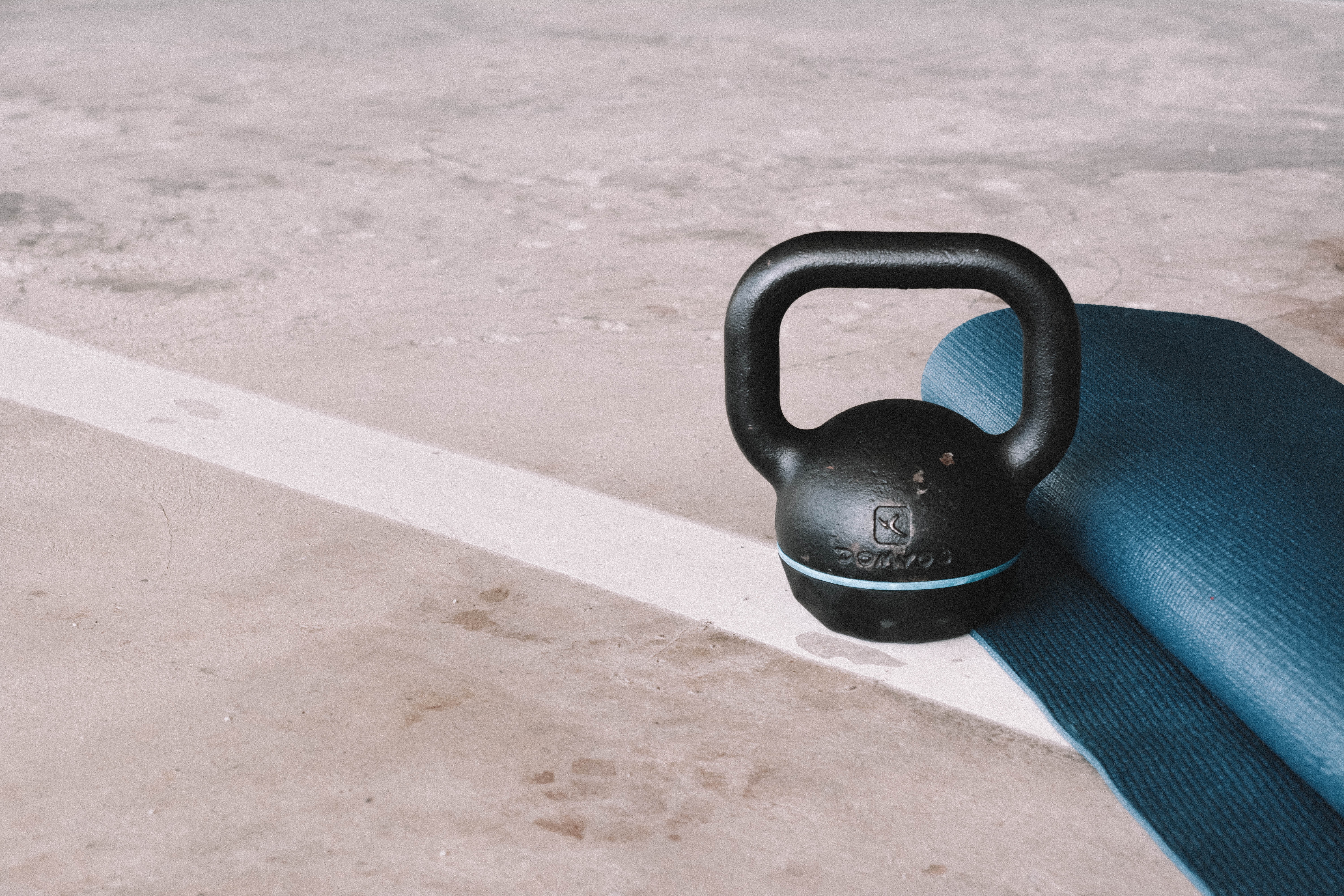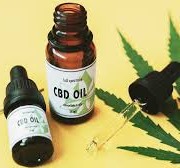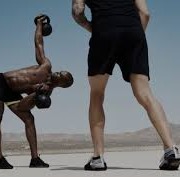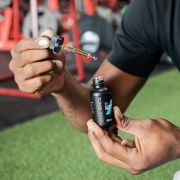How to make a home gym and stay fit all the time
In a world where our lives are increasingly fast-paced, cultivating a home gym offers convenience and a commitment to your physical well-being. Crafting a space that motivates and accommodates your fitness goals can make a substantial difference in maintaining a healthy lifestyle.
This guide will walk you through the steps to create an effective home gym, from selecting the right equipment to establishing a consistent workout routine. Let’s dive into home fitness and discover how to make your home gym a sanctuary for health and vitality.
- Prepare & Designate a Space:
- Choose a dedicated space for your home gym. This could be a spare room, a corner of a room, or even a portion of your living room. Ensure it’s a space that motivates you and has good ventilation. Clean the space, hire professionals like Calgary painters to refresh the walls, and proceed to the next step.
- Equipment Selection:
- Decide on the type of exercise you enjoy and choose equipment accordingly. Options range from basic items like resistance bands, dumbbells, and stability balls to more advanced equipment such as treadmills, stationary bikes, or elliptical machines. Consider your budget and available space.
- Cardiovascular Exercises:
- Include cardio equipment or activities in your home gym to boost your heart rate. This could be a treadmill, stationary bike, jump rope, or even high-intensity interval training (HIIT) exercises that require minimal equipment.
- Strength Training:
- Incorporate strength training to build muscle and improve overall strength. Dumbbells, kettlebells, resistance bands, and a bench are versatile options for strength training exercises. Bodyweight exercises like squats, push-ups, and lunges are effective as well.
- Flexibility and Mobility:
- Don’t forget about flexibility and mobility. Include yoga mats, foam rollers, and stretching areas in your home gym. Regular stretching and flexibility exercises can enhance your overall fitness and reduce the risk of injuries.
- Multifunctional Equipment:
- Opt for multifunctional equipment to maximize your workout options while minimizing space usage. For example, resistance bands with different resistance levels can be used for various exercises.
- Storage Solutions:
- Keep your home gym organized with proper storage solutions for equipment. Shelving or storage bins can help keep smaller items like resistance bands, yoga blocks, and dumbbells in order.
- Mirrors:
- Consider adding mirrors to your home gym space. Mirrors not only create the illusion of a larger space but also allow you to check your form and technique during exercises.
- Audio and Visual Entertainment:
- Enhance your workout experience with entertainment. Install a speaker system or set up a TV with streaming capabilities to follow workout videos, listen to music, or participate in virtual fitness classes.
- Natural Light and Ventilation:
- If possible, place your home gym in a location with natural light and good ventilation. A well-lit and well-ventilated space can make your workouts more enjoyable and energizing.
- Consistent Schedule:
- Establish a consistent workout schedule. Treat your home gym workouts with the same level of commitment as you would if you were going to a gym. Having a routine helps create a habit of regular exercise.
- Variety in Workouts:
- Keep your workouts diverse and interesting. Switch between different types of exercises to target various muscle groups and prevent boredom.
- Stay Hydrated:
- Have water readily available in your home gym. Staying hydrated is crucial for a successful workout and overall health.
By creating an inviting and well-equipped home gym, maintaining a consistent workout routine, and focusing on a variety of exercises, you can stay fit and healthy from the comfort of your own home. Adjust your home gym setup to meet your fitness goals and preferences, and enjoy the convenience of having a dedicated space for your well-being.



